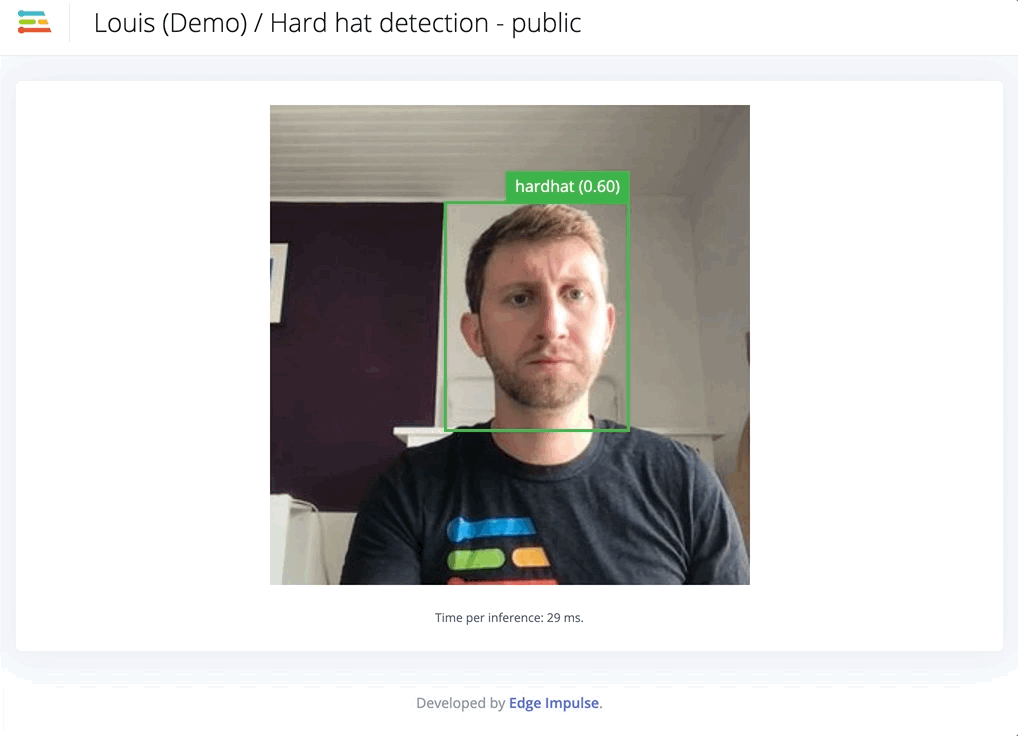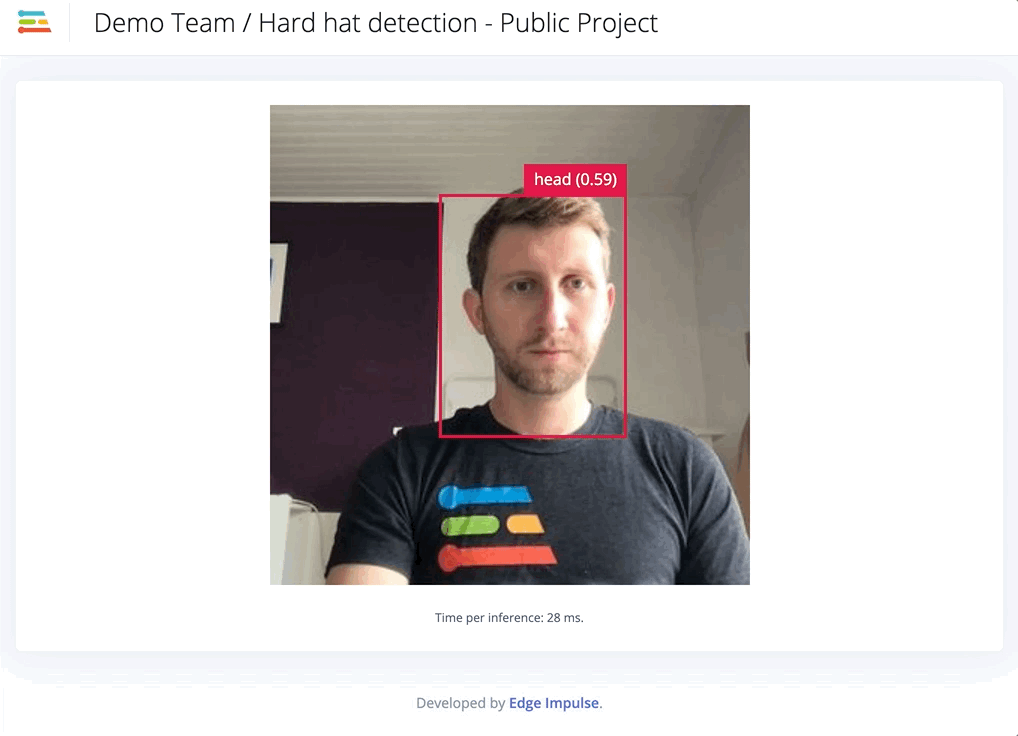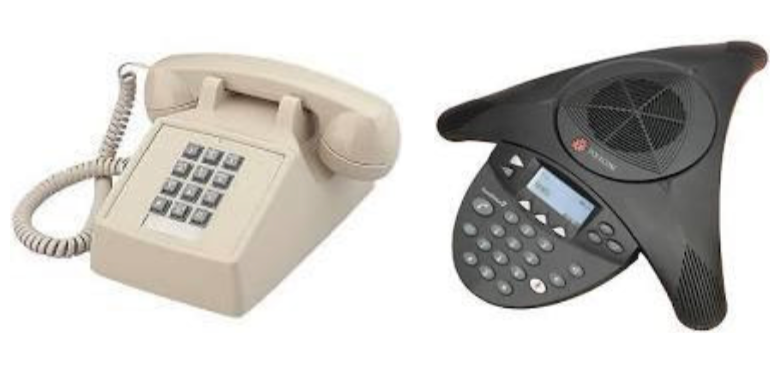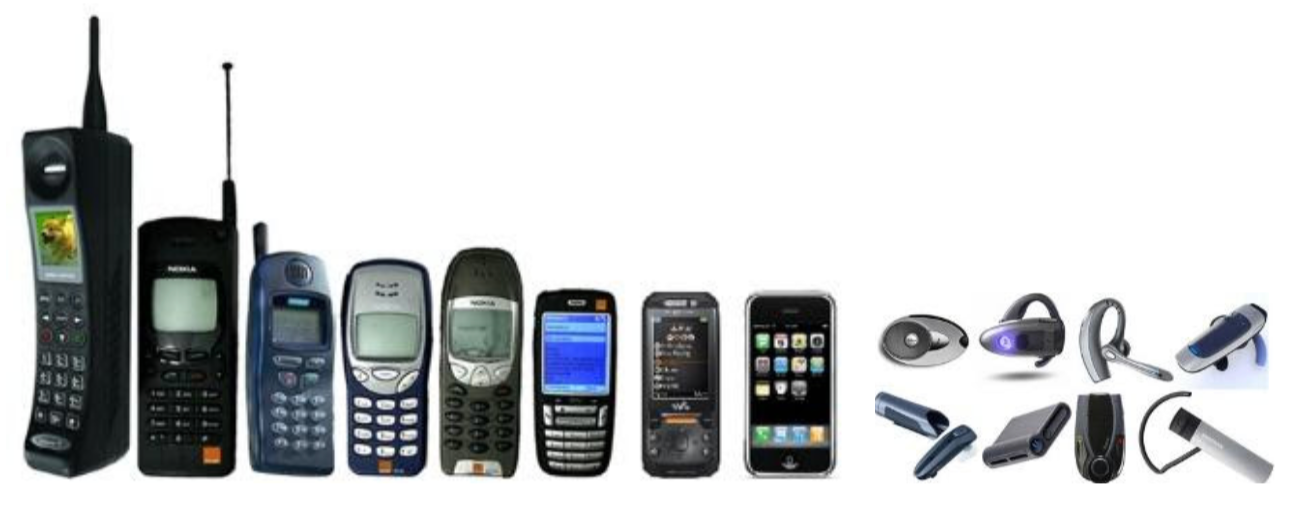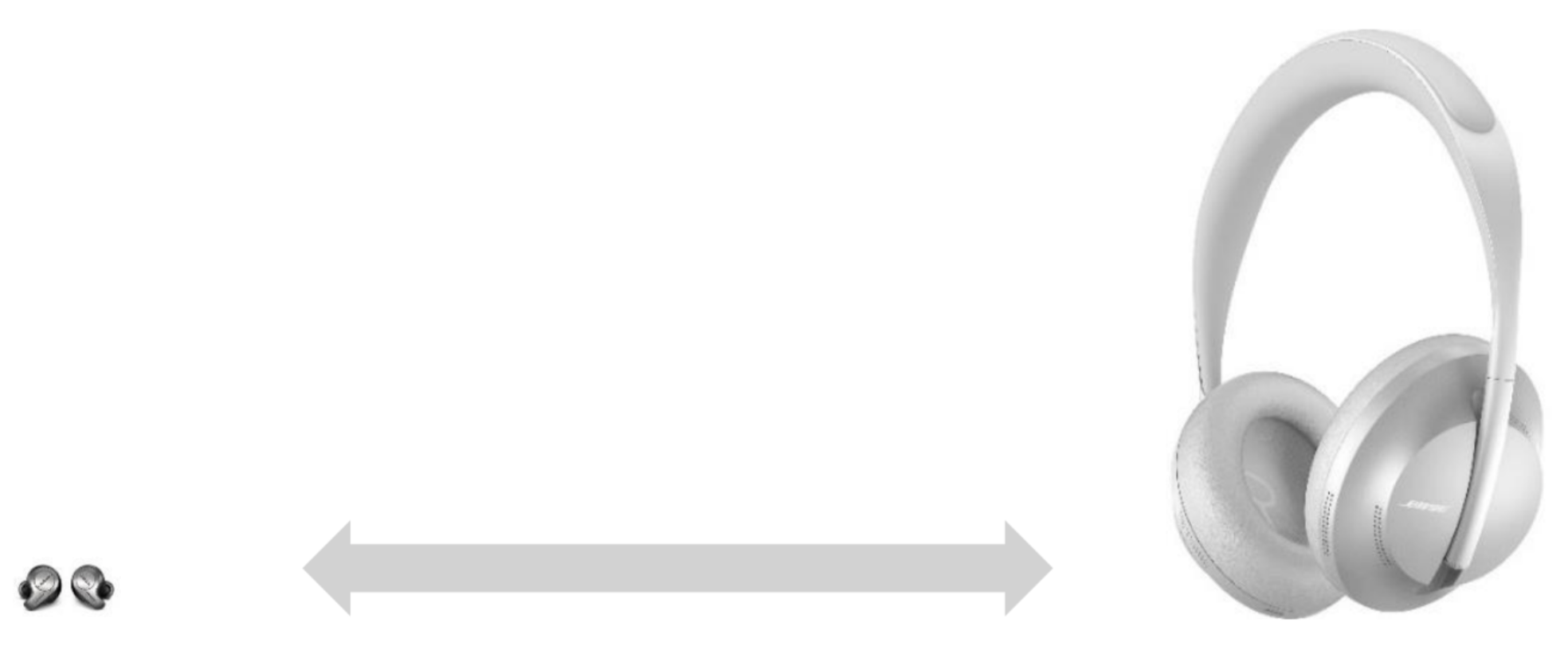How often have you wondered if you have turned off the oven in your kitchen or locked the main door of your house? IoT-powered devices are here to make lives easier and remind you of the necessary actions. Mobile IoT-based applications deliver mobility to control devices and gadgets remotely, regardless of one’s location. This blog post is focused to offer a better understanding of how IoT mobile app developments are becoming useful and how businesses can benefit from this trend.
Internet of Things (IoT), by now, does not need any introduction. However, in brief, IoT is a network of physical devices that are implanted with sensors, software and other technologies to connect and exchange data with other devices and systems over the internet. IoT has become an integral part of every aspect of our lives. From common household products to sophisticated industrial instruments, IoT connects numerous devices to simplify operations. Experts predict that by 2025, there will be more than 22 billion connected IoT devices worldwide. This digit is sure to take over the world by storm!
What makes mobile IoT the most popular trend?
Smartphones are used by billions of people around the world, and the number is growing every day. As a result of their ease of development, mobile apps make sense as the main channel for accessing IoT. It’s due to the reality of networked appliances that are easily accessed through mobile apps from any location, that improves people’s lives. Mobile is also significantly a more versatile platform for data transmission. IoT devices can be efficiently managed and monitored using a single application on a device. Mobile apps play a significant role in the rise of IoT.
What's the connection between IoT devices and mobile apps?
An IoT device and a mobile phone communicate through a mobile app. The mobile app serves as the primary interface for controlling smart devices. Also, to increase the effectiveness of IoT, mobile IoT apps augment and enhance their utilization.
For instance, your phone can notify your coffee machine that you are approaching, allowing it to begin brewing coffee prior to your arrival. However, you may wonder that such IoT devices can be controlled from a desktop computer as well. Then, why should you have a mobile app? Here are two major reasons you should know:
- Mobile phones are better suited for accessing information from any location.
- Smartphones are jam-packed with sensors of all kinds. Wi-Fi, Bluetooth, and other wireless technologies are among the communication possibilities available to them.
Mobile phones not only transmit geolocation information to your devices with the help of mobile IoT apps but are the most convenient devices for managing IoT technologies because of their characteristics.
What are the benefits of IoT-based mobile apps?
IoT-enabled services provide access, increase efficiency and drive greater personalization. Most IoT use cases are classified through the following three categories:
- Enabling access: Mobile-enabled IoT devices can ensure service delivery in remote areas.
- Improving efficiency: By real-time tracking of machinery, equipment, and field workers, businesses can gain insights, visibility and control through IoT, resulting in reduced waste, production boost, improved safety and extended life of assets.
- Personalization: Businesses can better understand and profile their customers using customer analytics, allowing them to give more tailored services on an individual level, altering the customer experience.
What are some examples of mobile IoT development?
IoT is changing everyday aspects to enrich our lives by generating information to improve our convenience. It is bringing more and more things into the digital fold.
The capacity of IoT to supply sensor data and enable device-to-device communication is driving a wide range of applications. Let’s find out some of the most popular use cases and what they accomplish:
- Improving equipment and product quality monitoring to aid manufacturing efficiencies
With the help of IoT assistance, manufacturing machines can be monitored and examined on a continual basis to ensure that they are operating within acceptable tolerances. Moreover, quality faults can also be identified and addressed by monitoring products in real-time.
- Enhancing physical asset tracking
Businesses can easily track assets to find out where they are. They can utilize ring-fencing to protect high-value assets from being stolen or lost.
- Tracking human health and environmental factors through wearables
IoT wearables assist customers in better understanding their own health and allow clinicians to remotely monitor patients. This technology also enables organizations to monitor their employees' health and safety, which is particularly useful for those who work in hazardous situations.
- Embracing new possibilities
One example is the application of IoT in connected logistics for fleet management to improve efficiency and safety. Companies can utilize IoT fleet monitoring to increase efficiency by directing trucks in real-time.
- Innovating business processes
This is demonstrated by the usage of IoT devices for linked assets to monitor the health of remote machines and initiate service calls for preventive maintenance. Remote machine monitoring is also enabling new product-as-a-service business models, in which customers pay to use rather than acquire a product.
The final say
Mobile apps are at the forefront of IoT as we always have our smartphones handy. Smartphones also include a lot of sensors, which makes it easy to handle smart devices and gadgets. Undoubtedly, the market for IoT smartphone apps has a promising future through mobility. In the following years, IoT investments, as well as the number of connected devices and mobile applications, are predicted to skyrocket.
